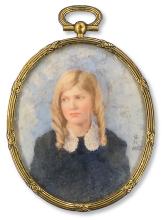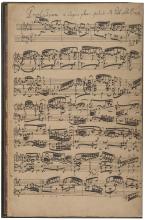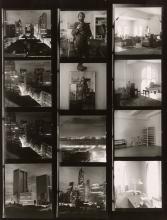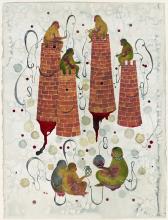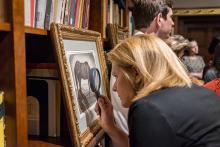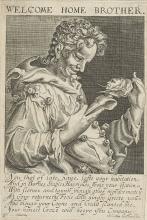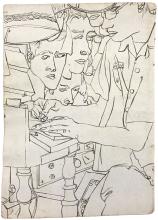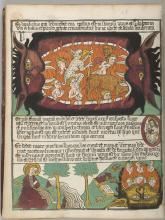Up Close: Ivory Miniatures and the Construction of Privilege
Submitted by Mary Creed on Tue, 09/08/2020 - 2:00pmVirtually no art object is without a complicated history concerning its creation and its journey from the artist to the museum. As repositories for art, museums no longer merely preserve the past—they must also actively work toward interpreting and uncovering tangled and often discomforting histories with a critical eye and open mind. During the prolonged period of working from home, and with the aid of snapshots taken by my colleague Maria Fredericks, Director of the Morgan’s Thaw Conservation Center, I embarked on a campaign to better understand and describe a group of miniatures on ivory that have been in the collection since 1991 but have not been thoroughly researched or interpreted.

